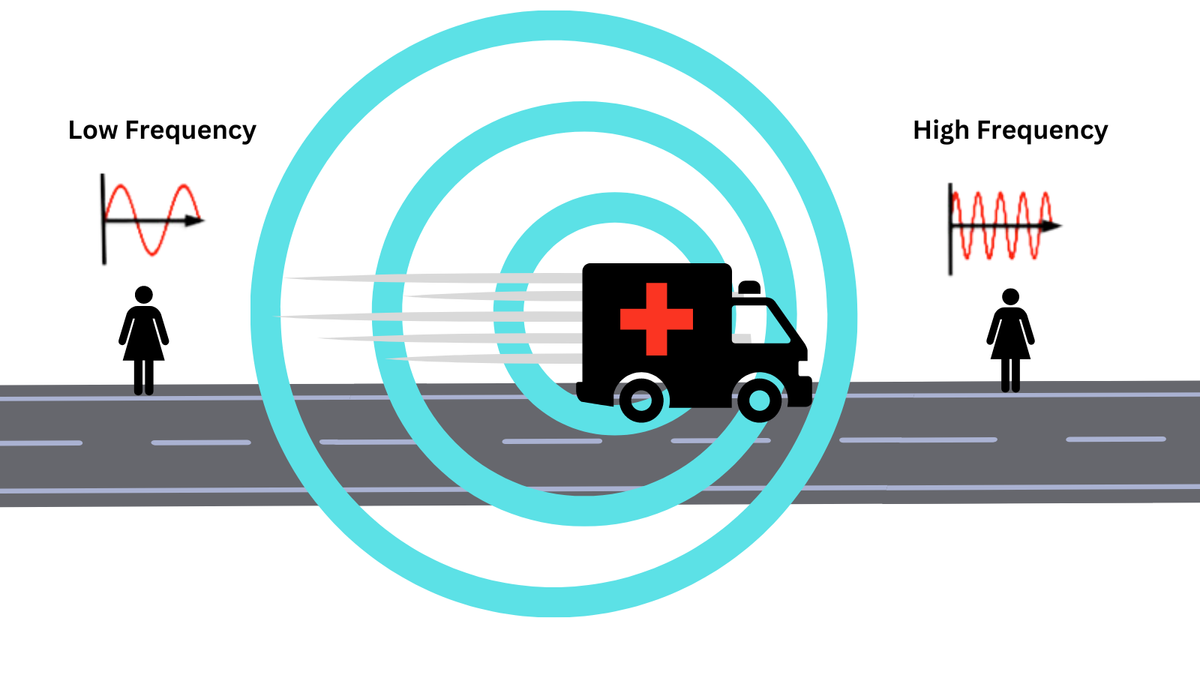Scientists have directly imaged eight faint objects accompanying very bright stars within the Gaia data catalogue, including so-called “failed stars”, otherwise known as brown dwarfs.
Stars and their companions were first identified from the millions of stars in the Gaia catalog. They were deemed ideal for follow-up investigations with the ground-based GRAVITY instrument, an advanced near-infrared interferometer located on the Very Large Telescope (VLT) atop Cerro Paranal in Chile. By combining infrared light from multiple telescopes, a process called interferometry, GRAVITY has already achieved the first direct observation of an extrasolar planet, or “exoplanet”.
Following the Gaia observations, GRAVITY directly detected light signals from companions around eight bright stars, seven of which were theorized, so far undiscovered objects.
Three of the companion objects are small, faint stars, and the other five are brown dwarfs. The latter form as stars and have more mass than the gas giant planets, but do not have enough mass to cause the fusion of hydrogen and helium in their cores, as main sequence stars do. This is where their nickname “failed stars” comes from.
Connected: Could nearby stars have habitable exoplanets? NASA’s Chandra X-ray Observatory hopes to find out
One of the brown dwarfs spotted by GRAVITY orbits its parent star at a distance roughly equal to the distance between Earth and the Sun. This marks the first time that one of these failed stars has been seen directly so close to its host star.
“We have demonstrated that it is possible to capture an image of a faint companion, even when it orbits very close to its bright host,” team leader and European Southern Observatory (ESO) scientist Thomas Winterhalder said in a statement. “This achievement highlights the incredible synergy between Gaia and GRAVITY. Only Gaia can identify such close systems that host a ‘hidden’ star and companion, and then GRAVITY can take over imaging the smaller object and fainter with unprecedented precision.”
A firework in a lighthouse
Direct observation of faint objects such as small, faint stars or brown dwarfs around bright stars is not good. In fact, spotting their light signals is akin to watching the light of a firefly sitting on an illuminating lighthouse. Of course, any attempt to image the firefly’s light is washed out by the brighter light of the lighthouse, and the same is true of bright stars and their faint companions.
While Gaia cannot directly detect the faint companions of these stars, the space telescope was able to infer their presence. This is because when a brown dwarf, or small star in general, orbits a larger, brighter star, its gravity pulls on the parent star and this causes a “wobble” in the motion of the larger, brighter star. bright.
As that star “wobbles” away from Earth (and Gaia), the light’s wavelength is stretched, shifting it toward the red end of the electromagnetic spectrum. Conversely, as it swings toward Earth, the light’s wavelengths are shortened, shifting the light toward the blue end of the electromagnetic spectrum.
This red and blue shift effect is analogous to Doppler shift, the phenomenon affecting sound waves on Earth. For example, as an ambulance races towards you with its siren blaring, the sound waves are compressed and the siren is louder, similar to the blue shift. As the ambulance passes you, the sound wavelengths are stretched and the siren is low, as is the red shift of the light from the star as it moves away.

This red- and blue-shift effect is small, but Gaia is sensitive enough to detect it. The small companions of these stars in the Gaia sample lie at small separation angles from their bright parent stars of a few tens of milliarcseconds, which is about the size of a quarter from a distance of about 62 miles (100 kilometers) away.
“In our observations, the Gaia data acts as a kind of signal,” Thomas explained. “The part of the sky that we can see with gravity is very small, so we need to know where to look. Gaia’s unprecedentedly precise measurements of the motions and positions of the stars are essential for pointing our instrument in the direction of right in the sky.”
The collaboration of Gaia and GRAVITY helped the team go beyond simply discovering these companions. The two data sets also enabled the team to separate the masses of the stars and the masses of the companions. Furthermore, measuring the differences in the wavelengths of light from the stars and their companion bodies, and combining this information with those aforementioned mass estimates, allowed the team to conclude age of the companions.
This revealed that the brown dwarfs were less luminous than expected at the observed ages and masses, implying that these bodies themselves may be orbited by another smaller and even fainter companion, perhaps even an elusive exomoon.
The strength of the Gaia-GRAVITY tagging team means that scientists may soon be able to use these two instruments to image smaller companions around bright stars, namely exoplanets.
“The ability to tease out the small motions of close pairs in the sky is unique to the Gaia mission. The next catalogue, to be made available as part of the fourth data release (DR4), will contain an even richer collection stars with potentially smaller companions,” said European Space Agency (ESA) Gaia scientist Johannes Sahlmann. “This result breaks new ground in the search for planets in our galaxy and promises glimpses of new distant worlds.”
The team’s research was published June 10 in the journal Astronomy and Astrophysics.